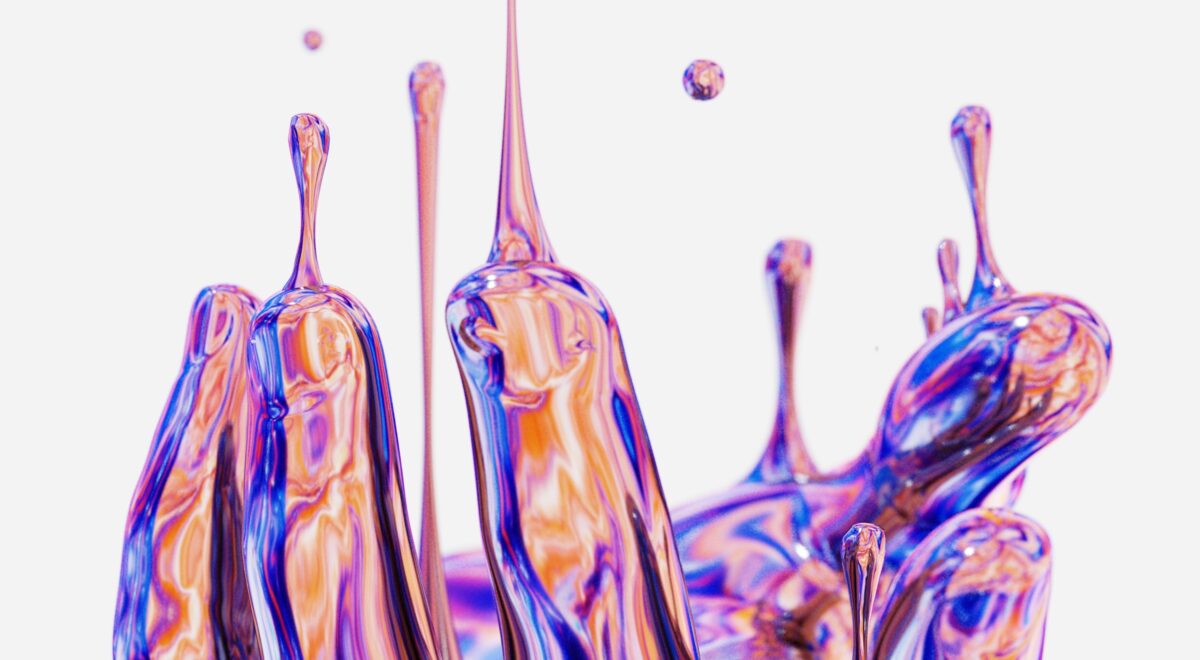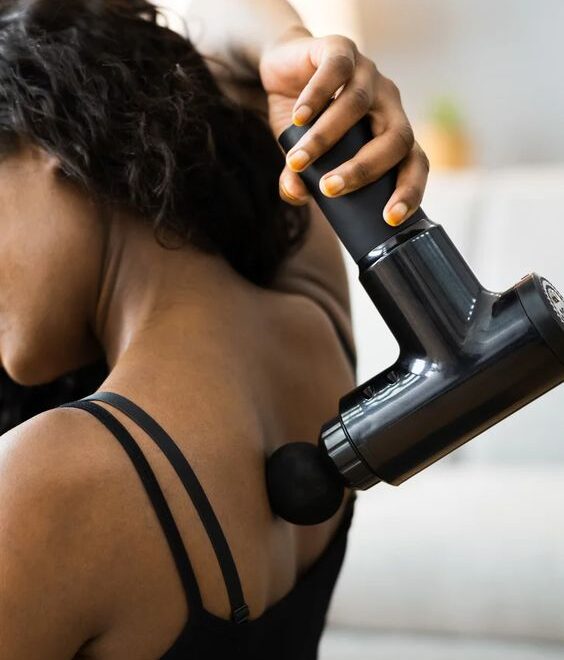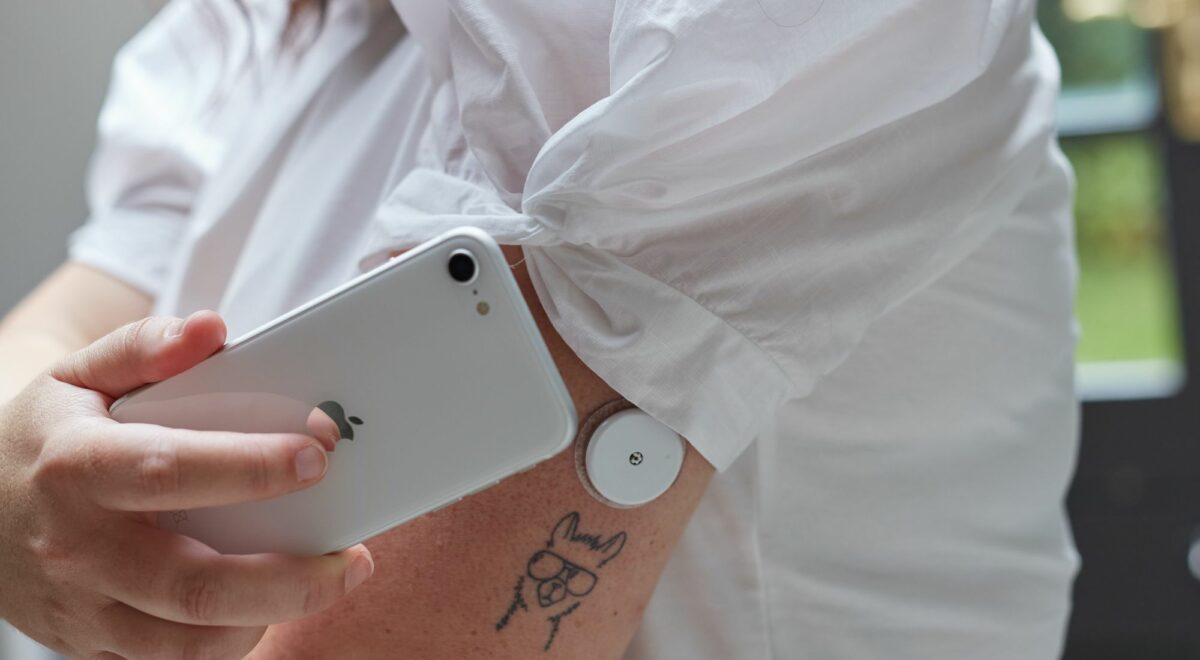Forget counting sheep, tossing and turning, or wrestling with sweaty sheets. In the age of personalised sleep tech, struggling with nighttime heat is a thing of the past. Enter the cooling mattress, a revolutionary innovation designed to keep you comfortably chilled and drifting off into dreamland like a polar bear on an ice floe. Our bodies naturally dip in temperature during sleep, and overheating disrupts this delicate cycle. Increased body temperature triggers stress hormones, elevates heart rate, and makes it harder to fall and stay asleep. This is where cooling mattresses come in, acting as your night-time air conditioner, strategically regulating temperature for optimal sleep. If all this feels very alien, don’t worry & use this cooling mattress buying guide to sleep like a baby.
These mattresses conquer the heat and employ a variety of innovative technologies, each with its unique benefits, such as:
- Phase Change Materials (PCMs): These clever materials absorb and release heat throughout the night. As your body temperature rises, the PCMs absorb the excess heat, keeping you cool. When you cool down, they release the stored heat, preventing chills. Think of them as tiny thermal batteries for your comfort.
- Conductive Fabrics and Covers: Certain mattresses utilise special fabrics and covers that wick away moisture and promote airflow, preventing that clammy feeling. Imagine a cool, crisp breeze gently caressing your skin all night.
- Encapsulated Innersprings: Traditional innersprings can trap heat. Some cooling mattresses address this by encasing the springs in breathable, heat-conductive materials, allowing for better air circulation and heat dissipation.
- Active Cooling Systems: For the ultimate in temperature control, some high-tech mattresses boast built-in water or air cooling systems. These systems circulate chilled water or air through channels within the mattress, offering precise temperature regulation at the touch of a button.
The benefits of a cooling mattress extend far beyond simply staying cool. Deeper, more restful sleep becomes your nightly norm, leaving you energised and refreshed in the morning. Hot sleepers finally find relief from the heat-induced aches and stiffness that plague traditional mattresses, thanks to improved pressure relief and positions facilitated by the cooler temperatures. For allergy sufferers, some specialised materials further enhance the sleep experience by repelling dust mites and allergens, creating a cleaner and healthier haven. Even chronic night sweats caused by hot flashes, hormonal changes, or medical conditions are minimised, as these innovative mattresses help regulate temperature and prevent those frustrating disruptions. With so much more to offer than just a chilled slumber, choosing a cooling mattress type becomes an investment in your overall well-being.
Mattress Buying Tips to Pick the Right One
Choosing the perfect cooling mattress requires cruising a diverse landscape, so here is the ultimate cooling mattress buying guide. First, cooling technology – opt for passive PCMs for gentle coolness or embrace precise control with active systems, but remember, a higher price tag comes with the territory. Don’t sacrifice comfort for chill, though. Match the firmness and comfort to your sleep style and preferences. Remember, cooling mattresses come in all sizes and budget ranges, so set a limit and measure your bed frame for the ideal fit. Finally, secure your sleep sanctuary with generous trial periods and warranties to ensure satisfaction before you drift off to your coolest nights yet. With these points in mind, finding your perfect cooling mattress becomes a smooth journey towards a refreshed and rejuvenated you.
A cooling mattress is an investment in your sleep health and overall well-being. By creating a comfortable, temperature-controlled sleep environment, you can unlock a world of deeper sleep, improved energy levels, and reduced stress.



 What Is a Steam Room?
What Is a Steam Room? What Is a Sauna?
What Is a Sauna?









